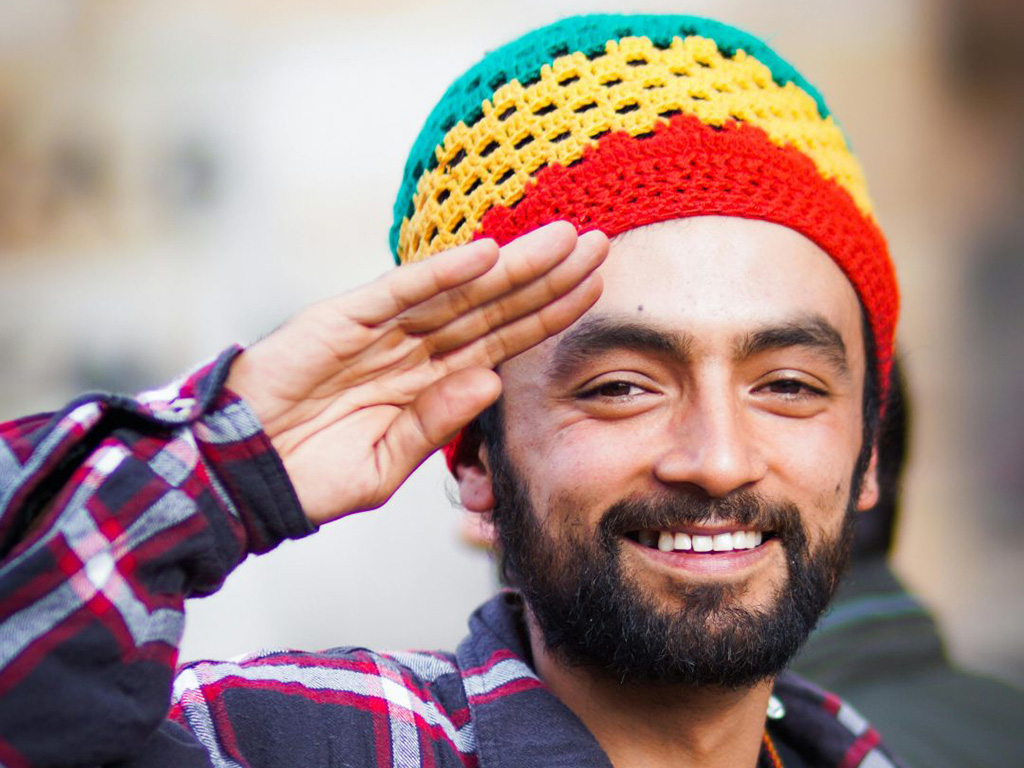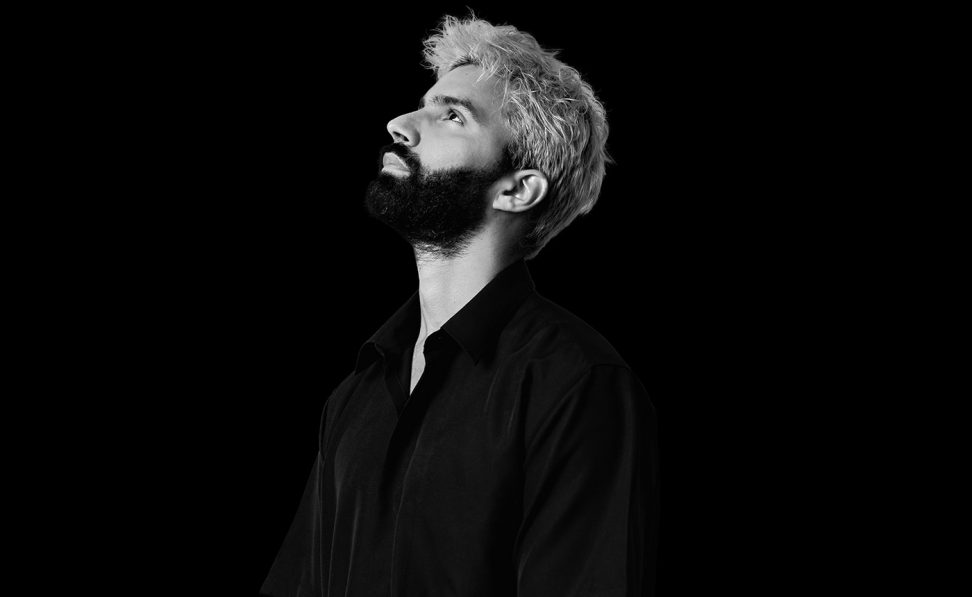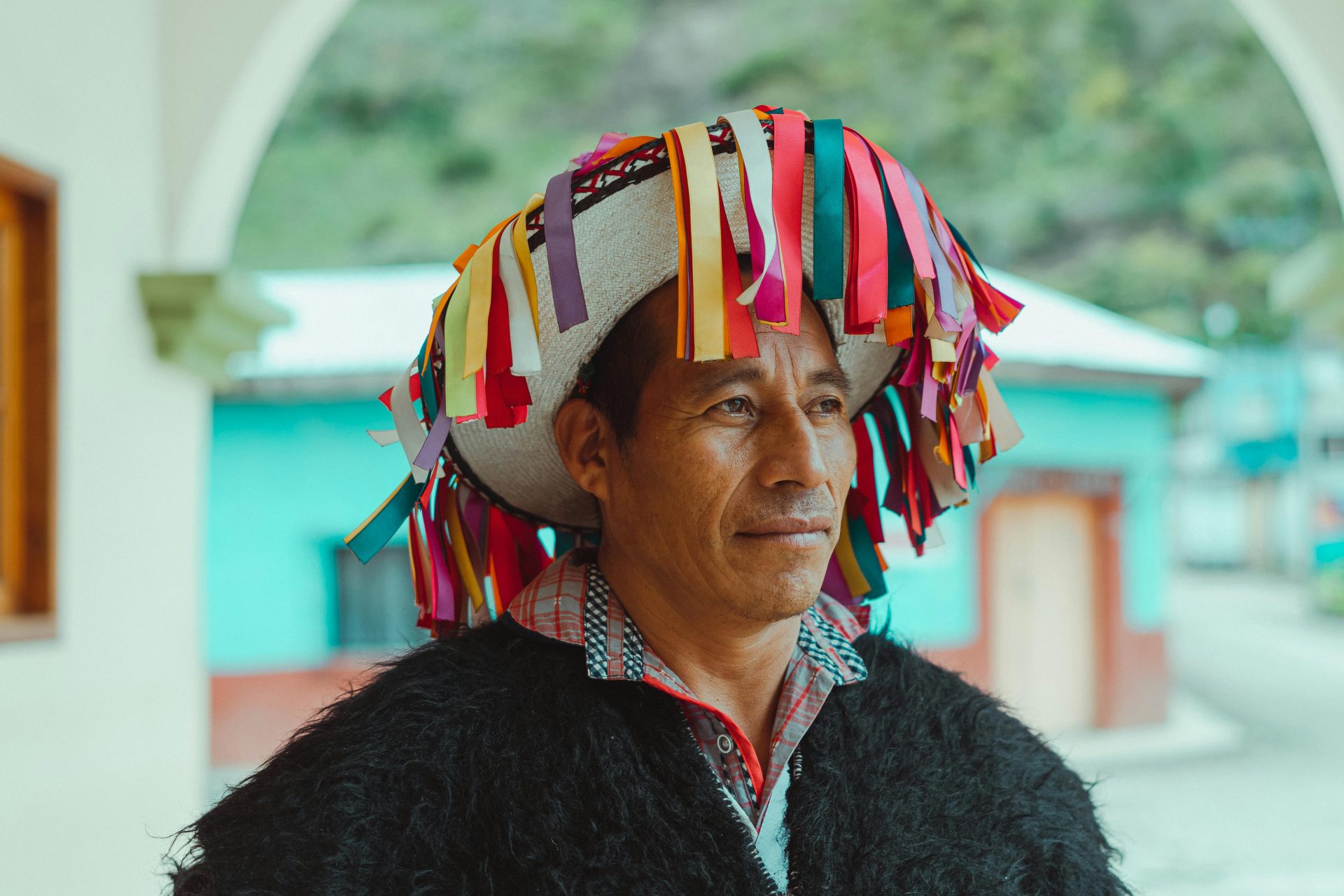
The rise of reggaeton as a global musical phenomenon has transformed the landscape of modern Latin music. With its infectious rhythms, catchy melodies, and evocative lyrics, reggaeton has become a dominant force in the music industry, both in Latin America and worldwide. However, its sound is not born out of nowhere; it has deep roots in a wide array of musical traditions, and one of the most significant influences on reggaeton’s development is reggae. The fusion of reggae’s rhythm and attitude with Latin urban music led to the creation of reggaeton, a genre that blends Caribbean rhythms, Latin melodies, and urban street sensibilities into a sound that has captivated millions. Understanding the reggae influence in reggaeton offers valuable insights into the evolution of this genre and its rise to global popularity.
The Birth of Reggaeton: A Caribbean Crossroads
To trace the origins of reggaeton, one must first understand the cultural and musical landscape of the Caribbean. The Caribbean has always been a melting pot of cultures, with influences from indigenous populations, African slaves, Spanish colonizers, and later, American and European immigrants. This cultural amalgamation has produced a rich tapestry of music, ranging from salsa and merengue to cumbia and bachata. Within this vibrant mix, reggae—the genre born in Jamaica in the late 1960s—emerged as one of the most significant influences.
Reggae music, with its distinctive offbeat rhythms, deep basslines, and socially conscious lyrics, became an emblem of resistance and expression for marginalized communities. Its roots are deeply intertwined with the struggles and cultural identity of the Jamaican people, particularly in the context of post-colonialism and socio-political issues. The rhythms of reggae, especially the iconic one-drop beat, found a natural resonance with the sounds of Latin urban music, particularly in Puerto Rico, where reggaeton was being born.
Puerto Rico’s role in the creation of reggaeton cannot be overstated. In the 1990s, the island became a hub for the development of the genre, influenced by Jamaican reggae and dancehall sounds. Early reggaeton pioneers like DJ Playero, DJ Nelson, and Daddy Yankee began experimenting with blending reggae rhythms with the electronic beats of hip-hop, rap, and Miami bass music. The result was a hybrid sound that fused Jamaican reggae’s distinctive rhythm with the street culture and party vibe of urban Latin youth.
One of the most notable aspects of reggae music is its rhythmic foundation, specifically the one-drop beat. This distinctive rhythm places the emphasis on the third beat of a 4/4 measure, creating a laid-back, syncopated groove. The one-drop beat is both simple and complex, giving reggae its signature feel, which encourages a relaxed yet energized atmosphere.
In reggaeton, the influence of the one-drop beat is evident in the genre’s core rhythm. Reggaeton’s dembow rhythm, which is the driving force behind many reggaeton songs, closely mirrors the syncopation and offbeat accentuation of reggae’s one-drop pattern. While the two rhythms are not identical, the influence is unmistakable, particularly in the way the bass drum and snare create a groove that emphasizes the offbeat, making the music feel both grounded and dynamic.
The fusion of reggae’s rhythmic sensibilities with Latin urban beats gave birth to a groove that was at once familiar and innovative. The one-drop beat, often paired with bass-heavy electronic production, helped establish reggaeton as a genre that could appeal to both the dancehall crowd and the hip-hop community. The laid-back, infectious groove of reggae became an integral part of reggaeton’s energetic appeal, allowing it to transcend borders and resonate with audiences across the globe.
The Evolution of Reggae in Latin Urban Music
Reggaeton’s transformation into a global genre was shaped not only by its reggae influences but also by the urban realities of Latin American youth. In the 1990s and early 2000s, urban Latin music was dominated by genres like salsa, merengue, bachata, and cumbia, but there was a growing need for a sound that reflected the experiences of young people living in the cities. These youth, often from working-class backgrounds, were drawn to the music that expressed their struggles, desires, and aspirations. Hip-hop, particularly the East Coast sound from the United States, was also becoming a powerful influence, with its rhythmic flow and emphasis on storytelling.
As reggae began to fuse with hip-hop and electronic music, the lyrics of reggaeton evolved as well. While reggae often dealt with themes of political resistance, social inequality, and spirituality, reggaeton lyrics were more focused on street life, party culture, romance, and urban survival. This shift in content helped define the genre’s unique identity, as reggaeton became the voice of urban youth who sought a form of expression that was both celebratory and grounded in reality.
The role of the DJ and producer in shaping reggaeton cannot be underestimated. In the early days of reggaeton, DJs like DJ Playero and DJ Nelson began experimenting with Jamaican dancehall rhythms, borrowing elements of reggae and incorporating them into hip-hop-inspired beats. These DJs were also heavily influenced by the rise of mixtape culture in Puerto Rico, where they could freely sample and remix songs, creating new, unique soundscapes. This DIY approach to music production allowed the genre to grow organically and gave it a sense of authenticity and rebellion, key qualities that would help reggaeton connect with its audience.
Reggae-Dancehall and Reggaeton: A Direct Connection
The connection between reggae and reggaeton is also closely linked to the influence of dancehall, a subgenre of reggae that emerged in Jamaica in the late 1970s. Dancehall music takes the foundation of reggae but increases the tempo and emphasizes the digital production techniques that became prevalent in the 1980s. This genre is known for its heavy use of drum machines, synthesizers, and electronic effects, which would later become integral to reggaeton production.
Dancehall’s influence on reggaeton is particularly evident in the genre’s aggressive, fast-paced beats and the way that its rhythms are used to create tension and release on the dance floor. The dembow rhythm, which is often considered the heartbeat of reggaeton, is a direct descendant of dancehall’s distinctive rhythms, with both genres relying heavily on syncopated, infectious beats that encourage movement and physicality.
The dancehall to reggaeton transition also brought with it a shift in vocal delivery. While reggae’s vocals are often mellow and laid-back, dancehall singers are known for their more energetic, fast-paced, and sometimes toasting style, where the vocal delivery becomes a rhythmic part of the beat itself. This style was readily absorbed into reggaeton, where rappers and vocalists like Daddy Yankee, Don Omar, and Tego Calderón developed their own unique flows that combined elements of both reggae and hip-hop.
In terms of lyrical content, dancehall and reggaeton share some common ground in their themes of party culture, love, relationships, and empowerment, though reggaeton often leans more heavily into sensuality and social commentary. Both genres are driven by the desire to create a communal, dance-driven experience, where the audience can escape the hardships of daily life and engage in pure, unadulterated celebration.
The Globalization of Reggaeton and Reggae’s Influence
As reggaeton began to gain popularity outside of Puerto Rico and Latin America, its reggae roots became even more apparent. The genre’s fusion of Caribbean rhythms, Latin melodies, and urban street sensibilities caught the attention of music fans across the world. Artists like Daddy Yankee, J Balvin, Bad Bunny, and Nicky Jam helped propel reggaeton into the global mainstream, collaborating with artists from various musical traditions, including hip-hop, pop, and even reggae itself.
In particular, collaborations between reggaeton and reggae artists became a powerful tool for spreading the genre’s influence. One of the most iconic examples is the collaboration between Sean Paul, a Jamaican dancehall star, and Daddy Yankee on the hit track “Boom Boom” in the mid-2000s. This track blends dancehall’s heavy rhythms with reggaeton’s signature dembow beat, creating a crossover hit that appealed to both Latin and reggae fans. Similarly, Shaggy, another Jamaican reggae artist, has worked with reggaeton stars like Tego Calderón to bring elements of reggae into the reggaeton fold, creating a synergy that helped both genres reach new audiences.
In recent years, the fusion of reggae and reggaeton has continued to evolve, with reggaeton adopting influences from other genres like trap, EDM, and even rock. Yet, the foundation laid by reggae and dancehall remains strong. The signature rhythms, the attitude of resistance, and the spirit of celebration are still present in reggaeton, proving that reggae’s influence is deeply ingrained in the genre’s DNA.
The Enduring Legacy of Reggae in Reggaeton
As reggaeton continues to dominate the global music scene, it’s important to recognize the enduring legacy of reggae in shaping the genre’s unique sound and cultural significance. Reggae’s influence on reggaeton is not just a matter of rhythm or instrumentation, but also of attitude. Both genres share a spirit of defiance, of speaking out against injustice, of celebrating life in the face of adversity.

In conclusion, the reggae influence in reggaeton is undeniable. From the early days of Puerto Rican experimentation with Jamaican rhythms to the global reach of today’s reggaeton hits, reggae has provided the rhythmic foundation, the cultural attitude, and the inspiration for one of the most popular and influential music genres of the 21st century. As reggaeton continues to evolve and innovate, its reggae roots will remain an essential part of its identity, ensuring that the genre stays connected to its musical history while pushing forward into new, exciting territory.

